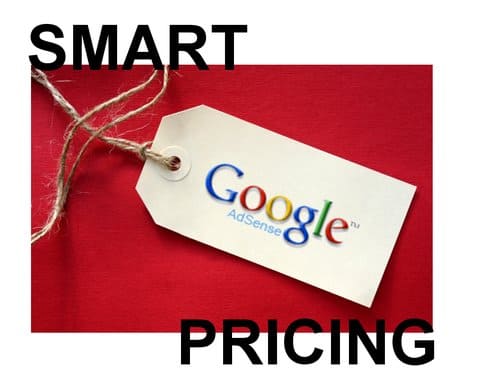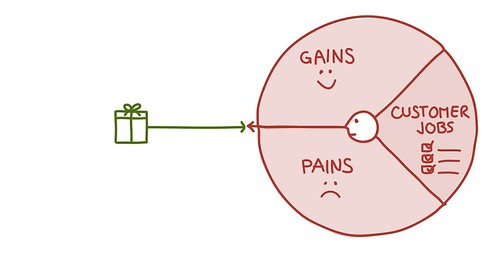
Pricing Model
You need to know what value are customers willing to pay for your product. Then you need to find out how they will pay for your product and how much they are currently paying.
Asset Sale
This refers to the sale of product to a physical market. For example, this can refer to this can be Ford or Walmart where you sell your assets for a profit.
Usage Fee
This refers to companies such as Telus or amazon where you pay everytime you use a service or product.
 Subscription Fee
Subscription FeeThis is a fee where you are charged a month to have access to a service or product.
Renting
Renting refers to money that is made from lending your product or service.
Advertising fee
This is an example of companies such as Google where people may use for free, however companies will pay Google to advertise there company to the users.




